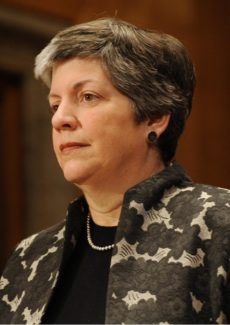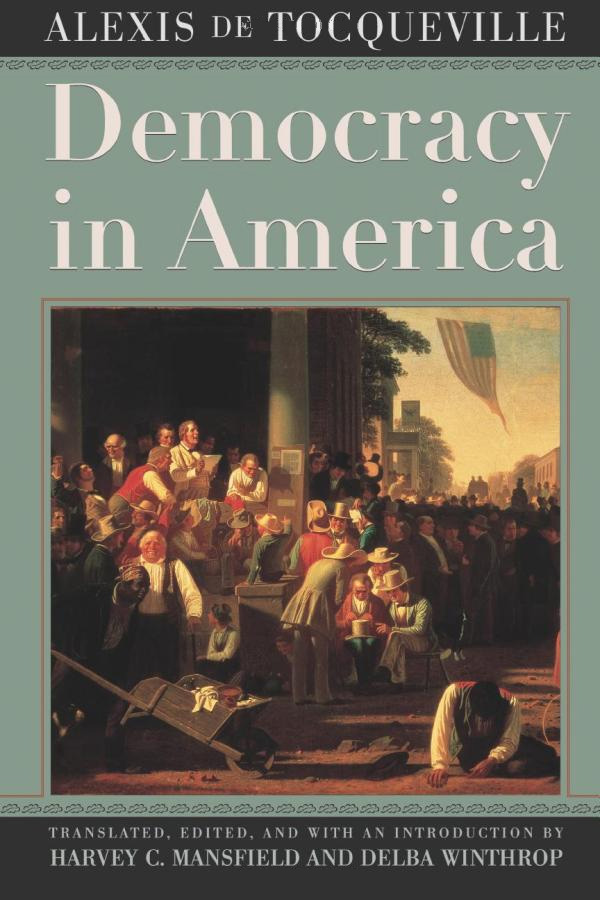On April 7, Senator Rand Paul declared he is officially running for President in 2016. Since this time, there has been a lot of buzz surrounding his candidacy. In particular, many are pointing to Rand as a champion of liberty. I recently heard a talk in which the speaker was encouraged by Paul and several of his Congressional colleagues. He looked forward to more libertarian candidates making their way into Congress, arguing they would push for more limited government.
Certainly, this speaker is not the only one to hold these hopes. Many libertarians, or generally liberty-minded people, are pushing for more libertarianish (there is certainly a spectrum which most libertarians readily acknowledge) individuals to enter into the political process. In doing so, they claim “freedom-friendly policies” will be enacted and predatory policies will be blocked. If enough libertarian candidates get into Congress, it is thought, perhaps they can tip the scales away from Leviathan and toward liberty.
The question then comes—are we headed toward a “libertarian revolution?” Will politicians who value freedom take office and work to constrain the ever-expanding powers of the government? Will freedoms lost in the name of combating the war on drugs and war on terror be restored? Will such political figures repeal or drastically alter a variety of policies detrimental to individual liberty?
While I sympathize with the desire for such an event, I think my libertarian friends would be disappointed with Rand Paul as President, or any other “libertarianish” politician.
Why?
First, it seems to me that many people are hitching their wagons to Paul without really looking at his record. While I can appreciate Senator Paul’s filibuster regarding the use of drones abroad and his opposition to the USA PATRIOT Act and the FREEDOM Act, he’s hardly the pinnacle of the classical liberal ideal. He’s still a politician.
Let me repeat that. He’s a politician.
Look at Paul’s voting record. Far from breaking away from partisan politics, Paul votes align with the Republican Party some 84 percent of the time. This includes affirmative votes for the annual National Defense Authorization Acts. These bills work to sustain and expand the arguably most nefarious crusher of liberties domestically and around the globe—the U.S. military.
As opposed to cutting out government waste and superfluous government activity, he’s sponsored some 50 bills and co-sponsored another 120.
He supports bills that positively reek of special interest and do anything but offer individual liberties. He sponsored a bill that would outlaw all abortions in the United States. He opposes same-sex marriage, the legalization of drugs like marijuana, and even suggested in an interview in 2011 that he was supportive of profiling and even imprisoning people who listened to “radical political speeches.”
There are further reasons for those who value liberty to be skeptical of Paul or any other politician claiming to champion liberty. Put simply, there’s a problem with the political game. Moreover, there is a problem with the people who choose to play. Certainly, I’m not the first to point this out. In fact, don’t take my word for it at all. Instead, let’s look at two Nobel laureates, F. A. Hayek and James M. Buchanan.
Almost a year ago, I wrote a post on an idea presented in F. A. Hayek’s most famous work, The Road to Serfdom. Specifically, I discussed the chapter, “Why the Worst Get on Top.” As I explained in the post, people often claim that government would function better “if only we could get the right people in office.” In his work, Hayek explains why this is not the case. That is, the very institutional structure of government draws particular people into its fold. As he explains, these are not going to be the harbingers of freedom.
Furthermore, James Buchanan, the father of public choice economics, explained that government is not some benevolent homogeneous mass working for the betterment of the people. Instead, political actors are like any other people interacting with one another. They respond to the incentives they face. These incentives are determined by the institutional context in which they operate. The incentives facing politicians do not necessarily align with those of the population as a whole. As a result, we wind up with pork barrel spending and policies that benefit special interests at the expense of the average American taxpayer.
Paul is no exception to this critique. For example, he voted to kill legislation that would have done away with some federal subsidies for tobacco farmers. But why? Why would Paul, a supposed beacon of free market ideals, shoot down legislation that would not only eliminate some government activity, but help to end a practice that nearly all economists agree is a bad idea (see here, here, here and here for examples)? He would because it’s in his interest. Tobacco is a major cash crop in his home state of Kentucky. Voting to end the subsidies would cut against the interests of his constituents and harm his chances of reelection. As such, Paul voted with his own interests and not those of the broader populace.
Many individuals who claim to value liberty, who have read and claim to appreciate the work of both Hayek and Buchanan seem to put on blinders when it comes to Rand Paul. Although they would never claim to trust the broader system of government, that is precisely what they are doing! Arguing that “more libertarians” or “the right people” in office will bring the changes they desire is like asking the fox to guard the henhouse. It’s placing trust in the broken and backward bureaucratic system they claim to despise and magically expecting it to achieve a different result.
Maybe I’m wrong. Some may accuse me of letting the perfect be the enemy of the good. But I don’t think so. When pressed, I’ll put my money on Buchanan and Hayek every time. While many claim to #StandwithRand, forgive me if I take a seat.







